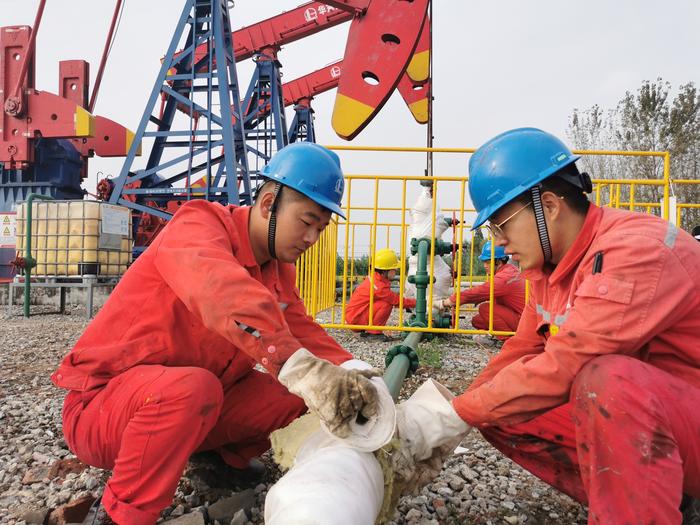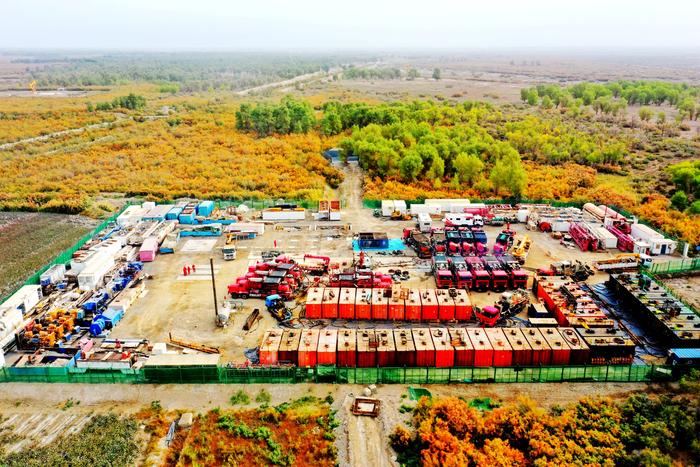|
| 2020-10-20 来源: 中国石化新闻网 |
| 石化新闻 |
中国石化新闻网讯 据油价网2020年10月14日利雅得报道,沙特阿拉伯国家石油公司(沙特阿美)首席执行官阿敏·纳赛尔向《能源情报》(Energy Intelligence)记者表示,沙特阿美预计全球石油需求在2022年前将回升至新冠肺炎疫情大流行前的水平,同时石油供应将收紧,造成供应短缺。 中国再次成为关注的焦点。纳赛尔说,中国与东亚和世界其他地区的其他发展中国家一道将是经济复苏的主要动力。 但在供应方面,纳赛尔警告说,削减开支可能导致供应短缺,而且供应短缺不会是短期的事情。 沙特阿美的这位高管对《能源情报》记者阿梅纳·贝克尔表示,“是的,有人担心,如果未来不纠正这一投资水平,中长期内我们可能会出现供应短缺。全球石油行业已把今年的资本支出从去年水平削减了大约三分之一。” 就在采访发表的同一天,欧佩克下调了其对2021年全球石油需求的预测,欧佩克在其最新石油市场月度报告中表示,如今预计全球石油需求的反弹速度将低于此前的预测。 根据欧佩克的最新预估,明年全球石油日均需求量将为9684万桶,比9月预测日均下调了8万桶。欧佩克将此次下调预测归因于经济合作与发展组织(OECD)成员国以及非OECD成员国经济复苏放缓。即便如此,2021年全球石油日需求量仍将比2020年高出650万桶。 国际能源署(IEA)则不那么乐观。IEA在最新的石油市场报告中称,明年全球石油日需求量将增加550万桶,但总需求量将高于欧佩克的预估,为9720万桶。然而,IEA警告说,新冠肺炎疫情大流行对全球石油消费的影响将是长期的。在这方面,这与纳赛尔认为石油行业最糟糕的时期已经过去的看法不同。 李峻 编译自 油价网 原文如下: Saudi Aramco Sees Tighter Oil Markets In 2022 Aramco expects oil demand to rebound to pre-pandemic levels by 2022 while supply tightens, creating a deficit, the chief executive of the Saudi state energy giant told Energy Intelligence. China is once again the focus of attention. According to Amin Nasser, it will account for most of the rebound, along with other developing countries in East Asia and other parts of the world. On the supply side, however, Nasser warned that spending cuts could create a shortage, and it won't be a short-term affair. "Yes, there is a concern that we might end up with a supply crunch over the mid to long term if this level of investment is not corrected looking forward," the executive told Energy Intelligence's Amena Bakr. The industry has cut about a third of its spending from last year's level. The interview came out on the same day that OPEC revised down its 2021 oil demand forecast, now expecting a slower rebound than in earlier forecasts, the cartel said in its monthly report on oil markets. According to the latest estimates, oil demand will average 96.84 million bpd next year, a downward revision of 80,000 bpd from September. OPEC attributed the revision to slower economic recovery across the members of the Organisation for Economic Co-operation and Development (OECD) as well as non-OECD countries. Even with the revision, however, 2021 demand would be 6.5 million bpd higher than 2020's. The International Energy Agency is less optimistic. In its latest Oil Market Report, the authority said it expected an increase of 5.5 million bpd in oil demand next year but to a higher total than OPEC's, at 97.2 million. The agency, however, warned that the effect the pandemic had on global oil consumption would be a long-term one. In that regard, it differs from Nasser's belief that the worst for the oil industry is now over. |








